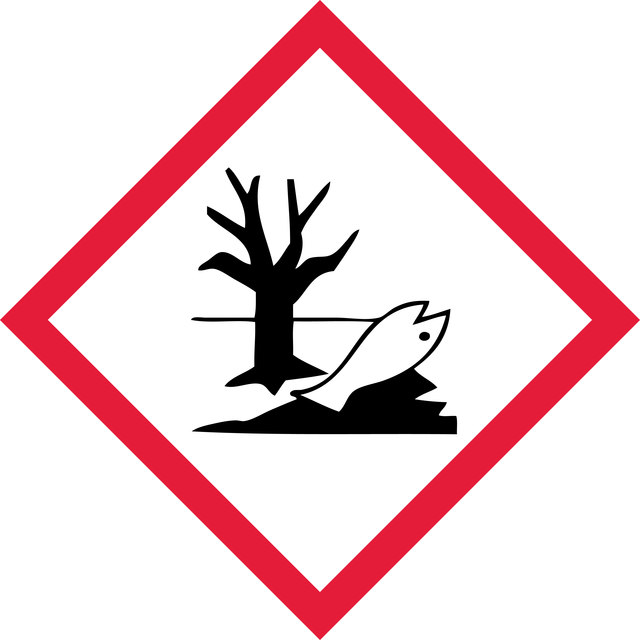1187080
USP
Dibutyl phthalate
United States Pharmacopeia (USP) Reference Standard
Synonyme(s) :
DBP, Phthalate de n-butyle
About This Item
Qualité
pharmaceutical primary standard
Densité de vapeur
9.6 (vs air)
Pression de vapeur
1 mmHg ( 147 °C)
Famille d'API
dibutyl phthalate
Forme
liquid
Température d'inflammation spontanée
756 °F
Limite d'explosivité
0.47 %, 236 °F
Fabricant/nom de marque
USP
Indice de réfraction
n20/D 1.492 (lit.)
pb
340 °C (lit.)
Pf
−35 °C (lit.)
Densité
1.043 g/mL at 25 °C (lit.)
Application(s)
pharmaceutical (small molecule)
Format
neat
Chaîne SMILES
CCCCOC(=O)c1ccccc1C(=O)OCCCC
InChI
1S/C16H22O4/c1-3-5-11-19-15(17)13-9-7-8-10-14(13)16(18)20-12-6-4-2/h7-10H,3-6,11-12H2,1-2H3
Clé InChI
DOIRQSBPFJWKBE-UHFFFAOYSA-N
Vous recherchez des produits similaires ? Visite Guide de comparaison des produits
Description générale
Dibutyl phthalate (DBP) is a plasticizer commonly used in the formulation of biologics to improve the flexibility and stability of polymeric materials. It plays an essential role in the production of drug delivery devices and packaging for biologics. By enhancing the physical properties of polymers, DBP contributes to the reliability and performance of biologic products, particularly those in extended-release or controlled-release systems.
The United States Pharmacopeia (USP) provides quality standards for biologics to ensure their safety, efficacy, and quality throughout the manufacturing process. These standards assist manufacturers in adhering to regulatory requirements and help safeguard public health by reducing risks associated with biologics.
For further information and support please go to the website of the issuing Pharmacopoeia.
Application
Remarque sur l'analyse
Autres remarques
Mention d'avertissement
Danger
Mentions de danger
Conseils de prudence
Classification des risques
Aquatic Acute 1 - Aquatic Chronic 2 - Repr. 1B
Code de la classe de stockage
6.1C - Combustible acute toxic Cat.3 / toxic compounds or compounds which causing chronic effects
Classe de danger pour l'eau (WGK)
WGK 3
Point d'éclair (°F)
367.7 °F - open cup
Point d'éclair (°C)
186.5 °C - open cup
Faites votre choix parmi les versions les plus récentes :
Certificats d'analyse (COA)
It looks like we've run into a problem, but you can still download Certificates of Analysis from our Documents section.
Si vous avez besoin d'assistance, veuillez contacter Service Clients
Déjà en possession de ce produit ?
Retrouvez la documentation relative aux produits que vous avez récemment achetés dans la Bibliothèque de documents.
Notre équipe de scientifiques dispose d'une expérience dans tous les secteurs de la recherche, notamment en sciences de la vie, science des matériaux, synthèse chimique, chromatographie, analyse et dans de nombreux autres domaines..
Contacter notre Service technique
